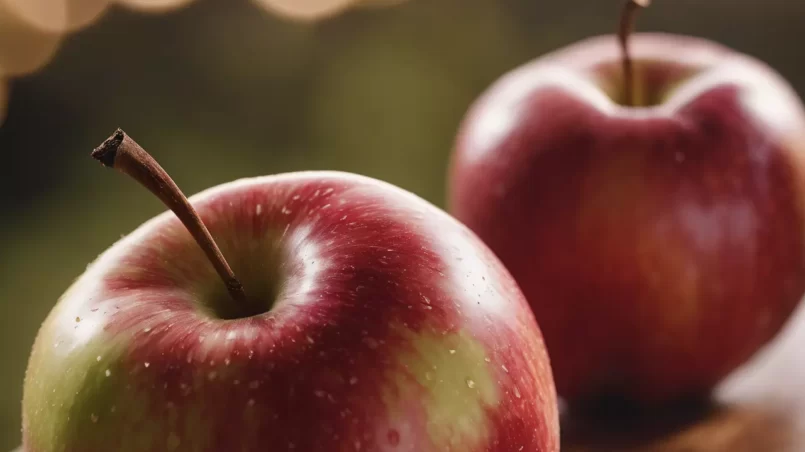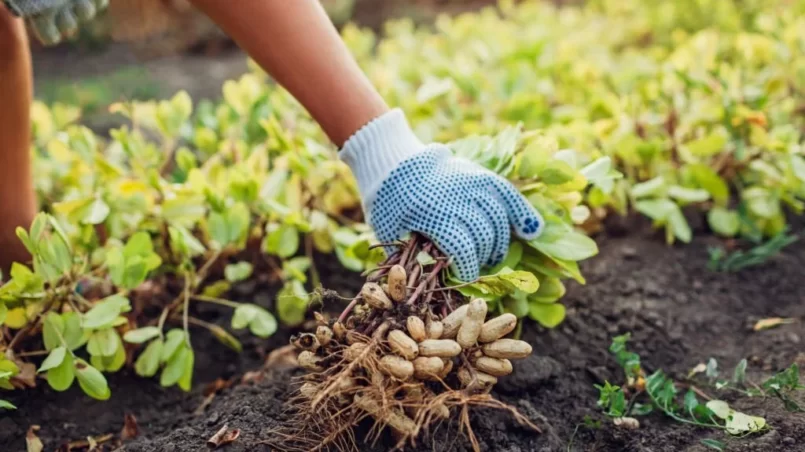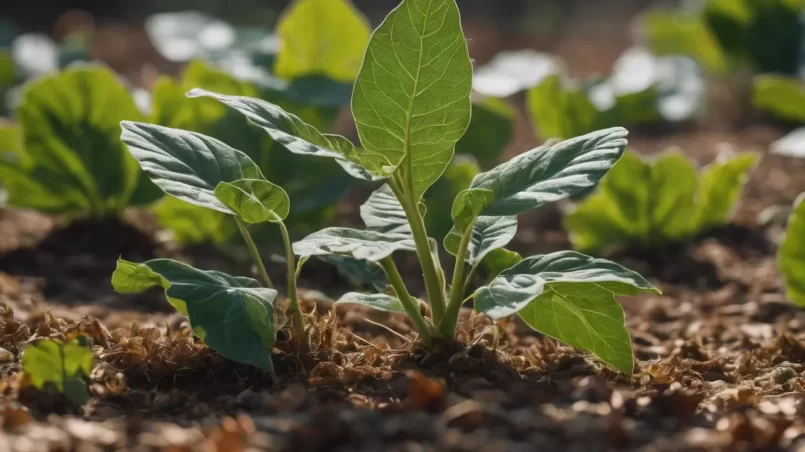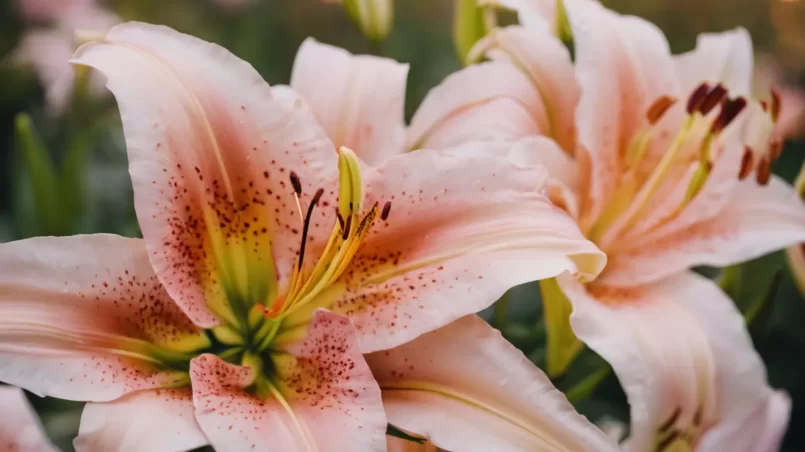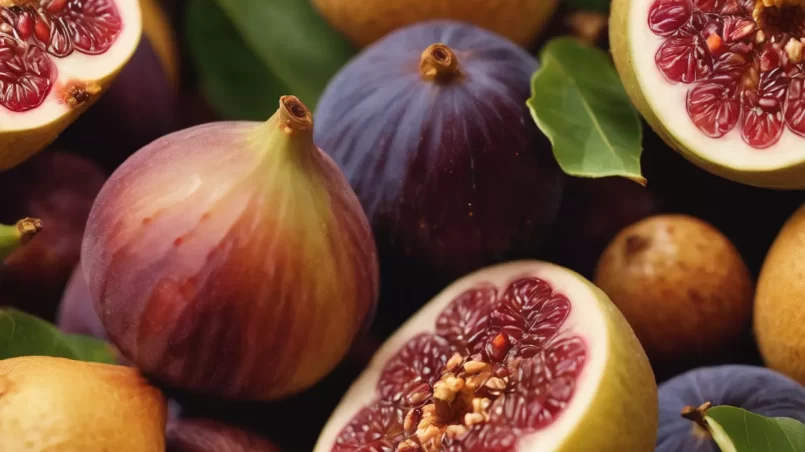The fruits we enjoy in our daily lives are often the result of centuries of cultivation and selective breeding by humans. Many popular fruits have been significantly altered from their wild ancestors through human intervention, creating what can be termed as “man-made” fruits. This process has been pivotal in enhancing flavors, sizes, and yield, making fruits more appealing and accessible. Historical Perspective of Fruit Cultivation The journey of fruit cultivation is as old...
The peanut plant, Arachis hypogaea, is a unique member of the legume family, notable for its fascinating growth process and significant agricultural value. Unlike many other nut-producing plants, peanuts develop underground, making their growth cycle particularly interesting. Description of Peanut Plant Growth Stages Understanding the peanut plant’s life cycle is key to appreciating its distinctive characteristics. The growth of a peanut plant can be divided into several...
Squash plants are a staple in many vegetable gardens, prized for their nutritious fruits and hardy nature. An essential part of recognizing and caring for squash plants is understanding the appearance of their leaves. Squash leaves are not only vital for the plant’s health and fruit production but also add lush greenery to the garden. Identifying Squash Leaves Squash leaves are large and have a distinct appearance that makes them relatively easy to identify. Their size can be quite...
Lilies are among the most beloved and visually striking flowers in the garden. Renowned for their elegant blooms, they also offer a diverse array of fragrances that can captivate the senses. This variety in scent is one of the many reasons gardeners and flower enthusiasts are drawn to lilies. From intensely fragrant to nearly scentless, each type of lily has its own unique aroma, making them not just a feast for the eyes but also for the nose. Types of Lilies and Their Scents Lilies come...
Figs and dates, while both sweet fruits enjoyed around the world, have distinct differences that set them apart. Understanding these differences is important, not just for culinary purposes, but also for their nutritional benefits. Let’s delve into the unique characteristics of each fruit. Botanical Differences At the botanical level, figs and dates come from different plant families and have distinct growth habits. Figs: Figs are part of the Moraceae family, commonly known as...
Acorn squash, a variety of winter squash, is a delightful and versatile ingredient in the culinary world. Known for its distinct shape, resembling an acorn, this squash is not just a fall decoration but a staple in many kitchens. In this article, we delve into the unique taste of acorn squash, exploring its flavor profile and culinary applications, to inspire both seasoned cooks and culinary newcomers. Physical Description of Acorn Squash Acorn squash is easily recognizable by its ridged...

